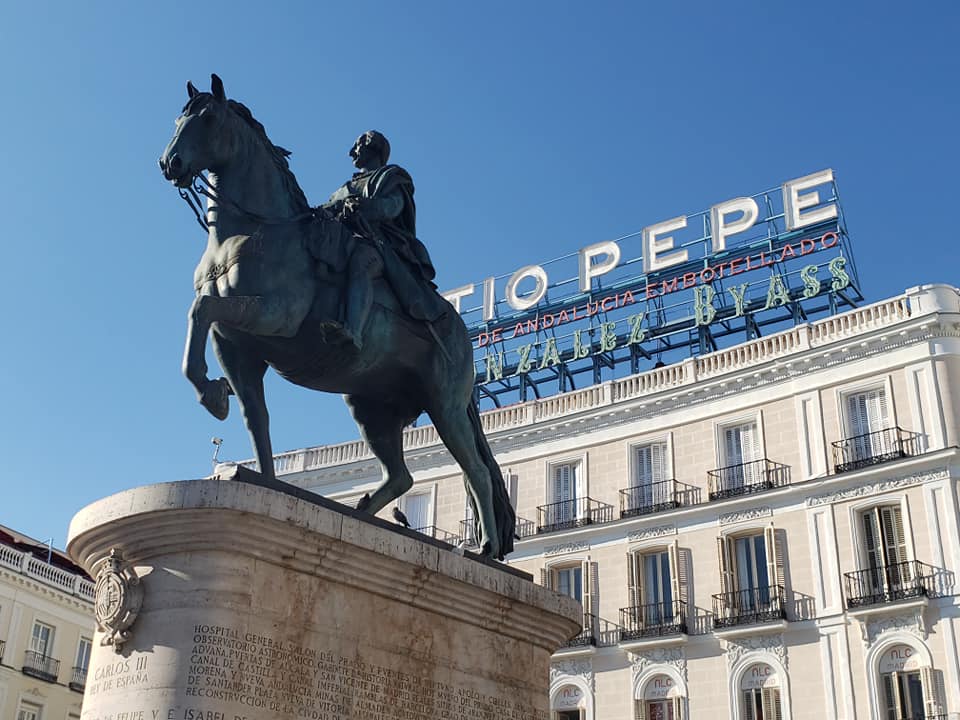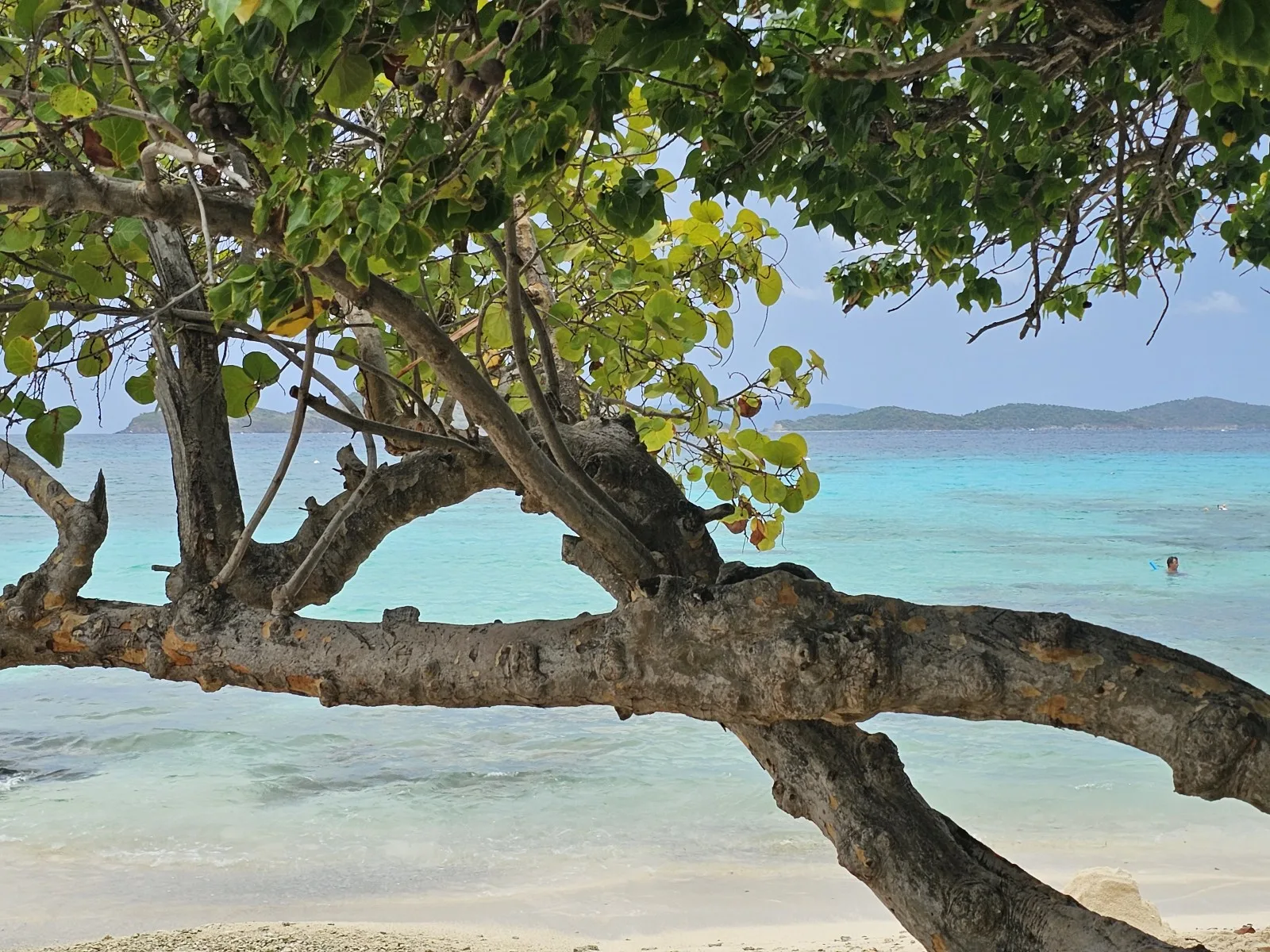Planning to travel to Madrid, Spain? Madrid is amazing and so budget friendly. Here is a review of where to go, what to do, and what to eat!
During post COVID price drops, we managed to score a super cheap round trip flight to Madrid on Iberia, less than $300pp! We couldn’t pass up such a good deal and spent a fantastic week exploring Madrid with a day trip to some of the surrounding sights. The good news is Madrid is a budget lovers paradise and being a true tourist won’t leave you penniless.
Table of Contents
WHAT TO DO
Museo del Prado
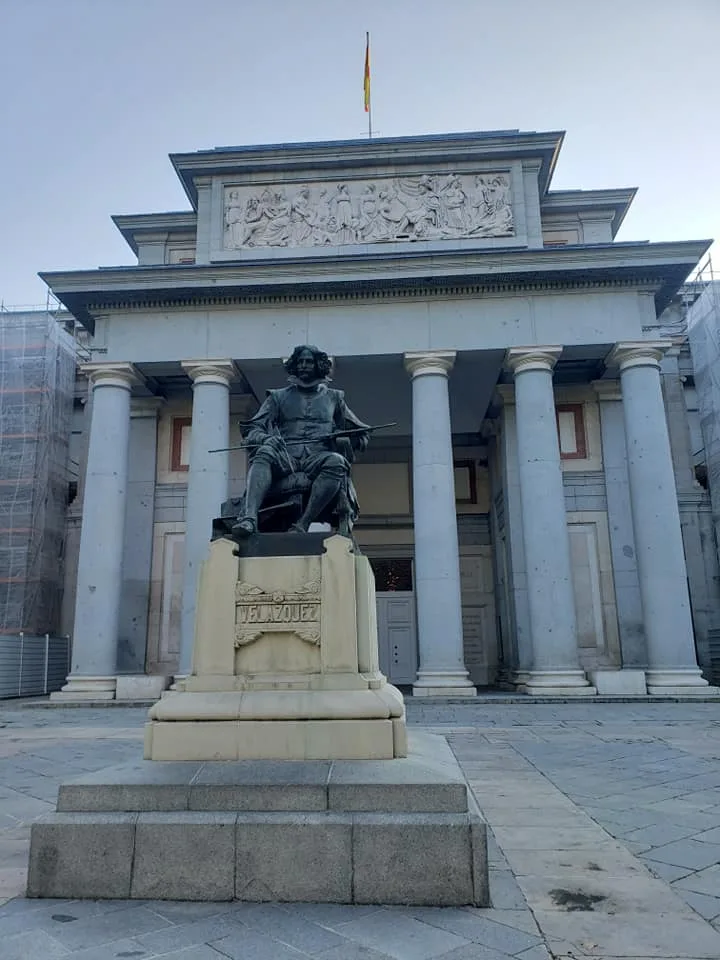
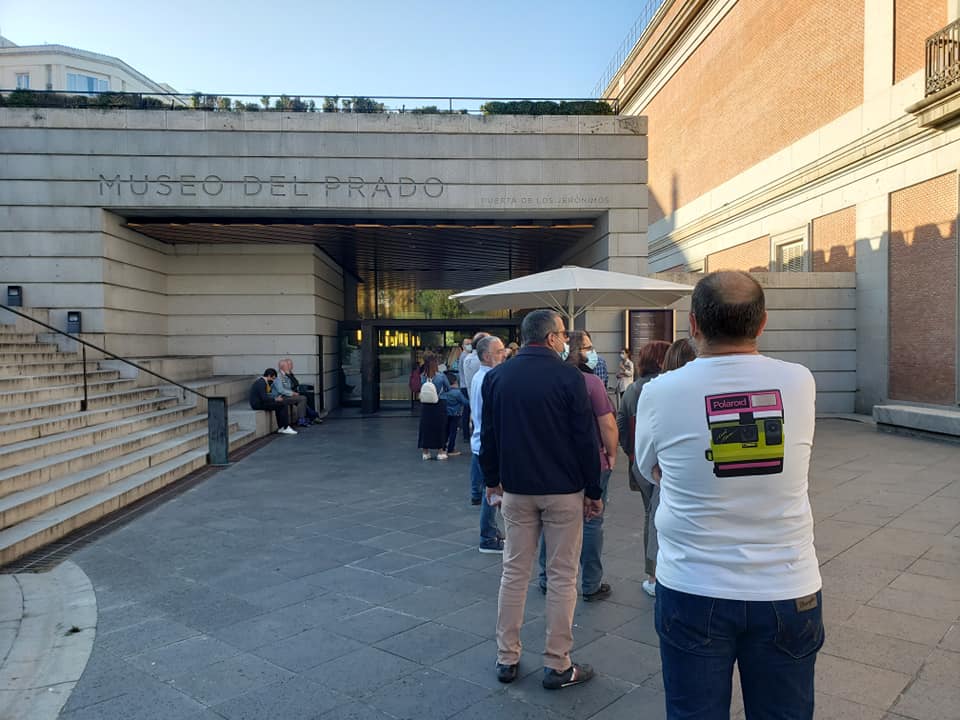
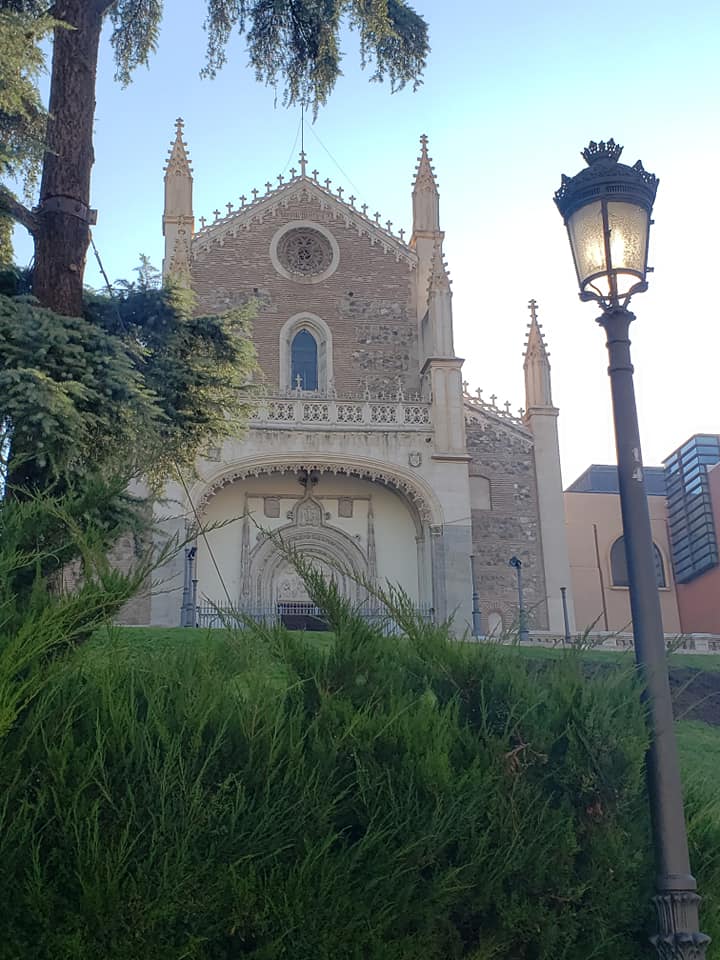
Museo del Prado has one of the most comprehensive collections of Spanish art but also houses one of the greatest collections of classical European art in the world. Unfortunately taking photos inside is prohibited. We went straight after landing in Madrid. We had to wait for our accommodations to be ready and they have a cloakroom offering free luggage storage. Admission will set you back 15 euro. If you arrive 2 hours before closing however, entrance is free. Children under 18 are also free.
Real Jardin Botanico


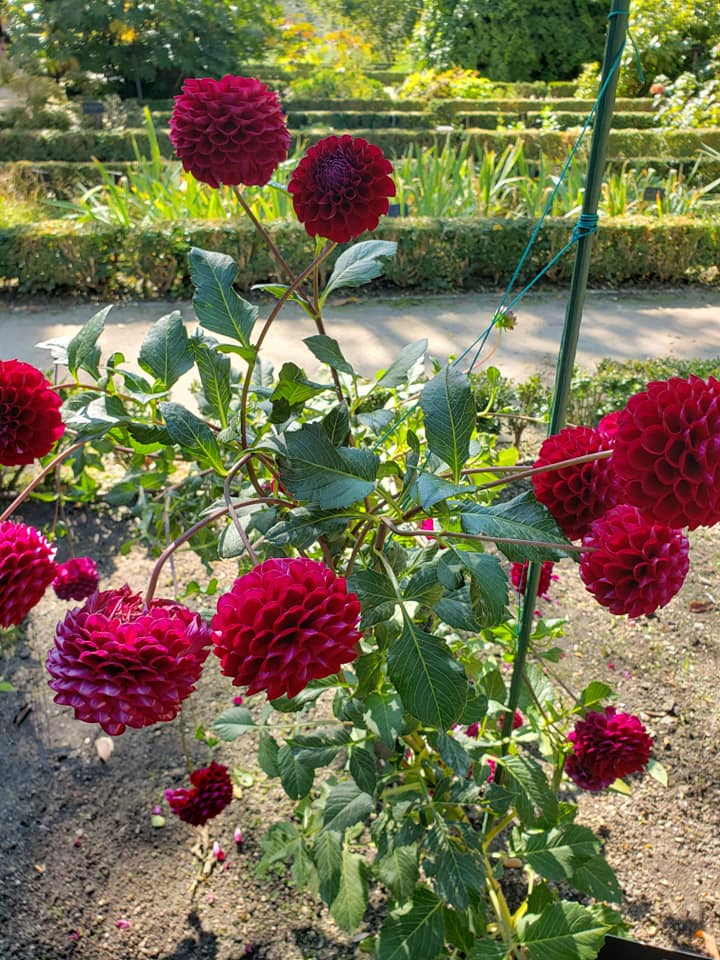
This beautiful botanical garden, with over 5500 different plants, is located near Museo del Prado. It’s a great way to stretch your legs after a long plane ride. It is free after 2 p.m. Otherwise a garden only ticket is only 4 euro. Children under 18 are free.
Free Walking Tour
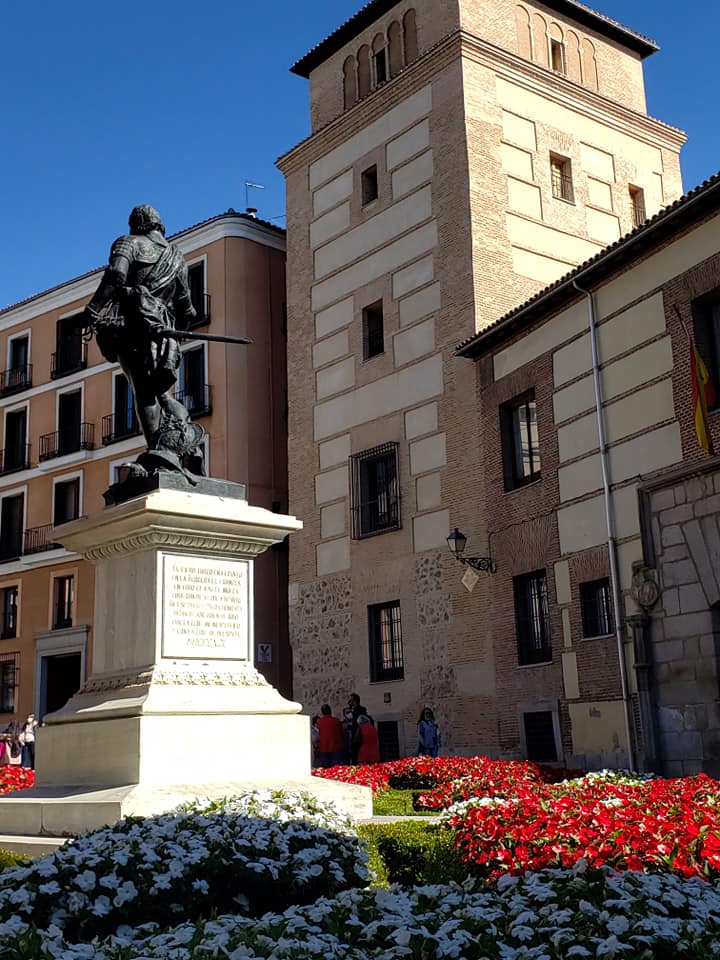
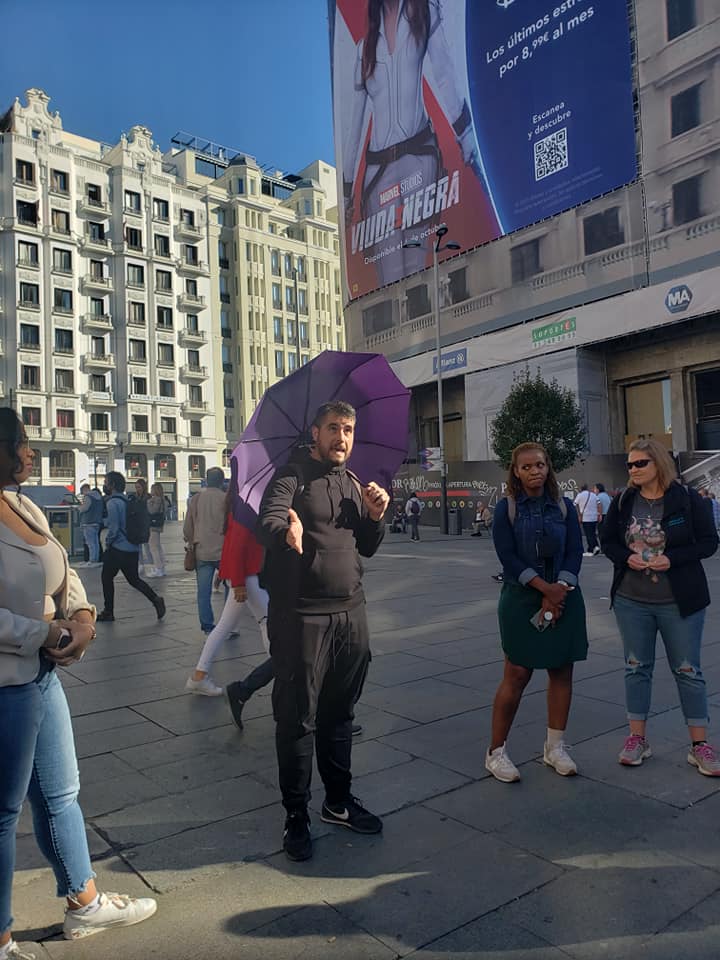
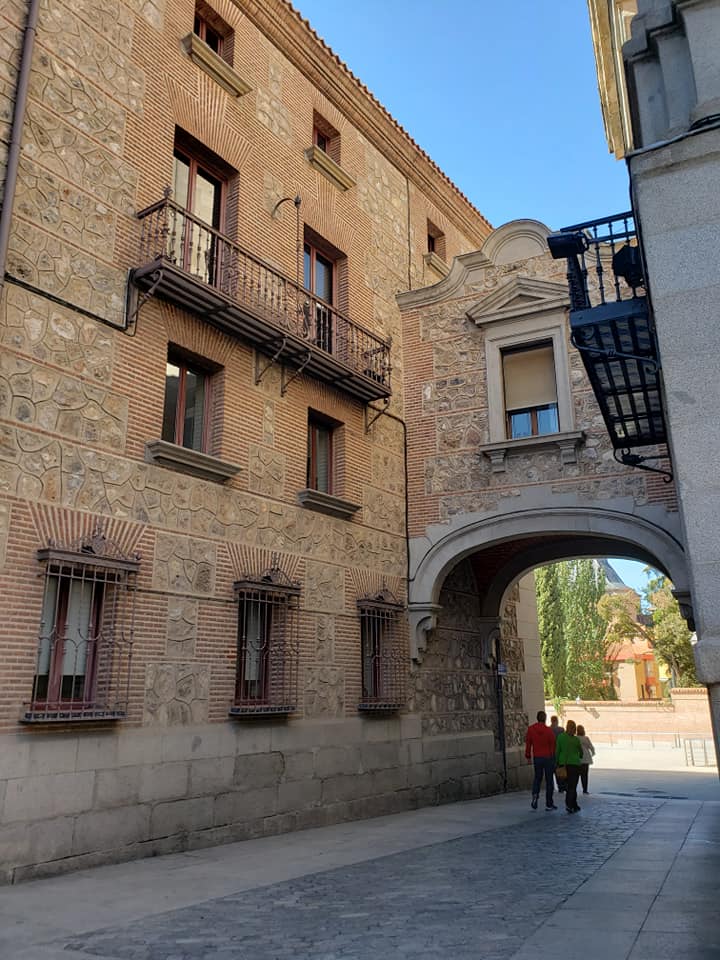
As you may or may not know, I’m a huge fan of free walking tours, especially towards the beginning of your trip. This is a great way to get your bearings quickly and usually your guide will offer all kinds of invaluable insight and tips to help you make the most of your visit their city. I mean, who doesn’t want to eat like a local? They tend to know all the good deals. Best of all, its free. You just tip what you think their time is worth. We aim for about $10 pp/per hour.
There are actually several to choose from in Madrid but we used Free Walking Tours Madrid. Our guide was very personable and made learning the fascinating history of Madrid quite enjoyable. We heard some great stories on the Spanish Inquisition! He also gave a spot on lunch recommendation.
Retiro Park and Crystal Palace
Often referred to as “the lungs of Madrid,” this 300+ acre park was recently named a UNESCO World Heritage site. It was originally established in the 1700s as a retreat for the Spanish Royal Family. But now its a public park, free for all to enjoy.
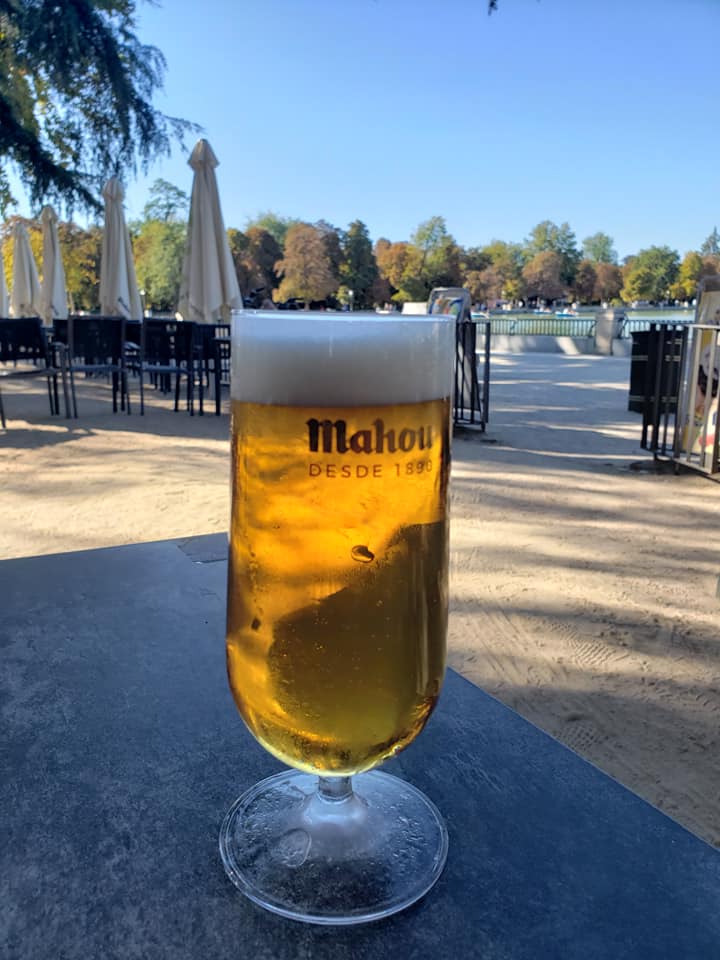
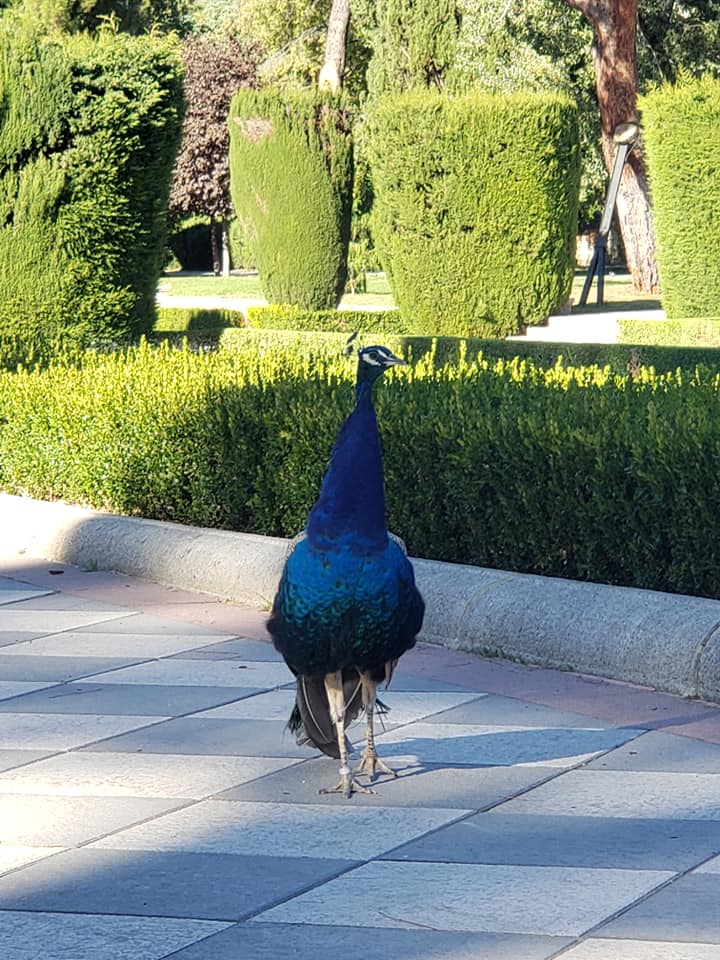
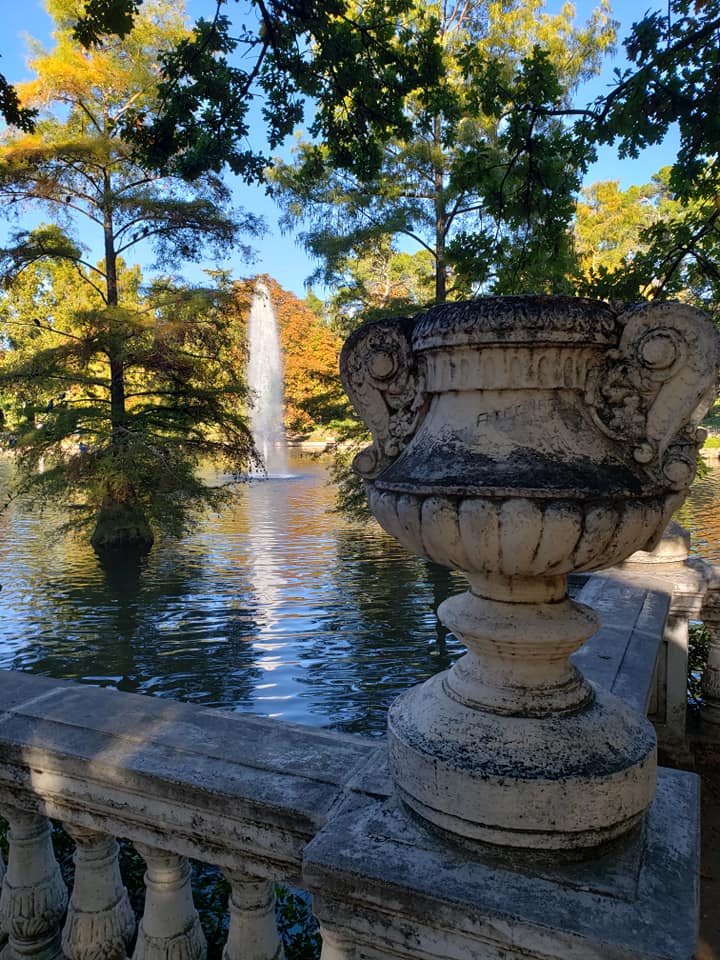
There is no way to traverse this much space by foot in a short period of time which is why we opted to rent bikes. We used Rent and Roll which is adjacent to one of the park entry gates. They have several rental options and you can rent a basic bike (with helmet and lock included) for only 7 euro for 2 hours. We, however, splurged a bit and rented the electric bike at 12 euro for 2 hours. We found the staff to be professional and proficient. They had us on our way in about 20 minutes.
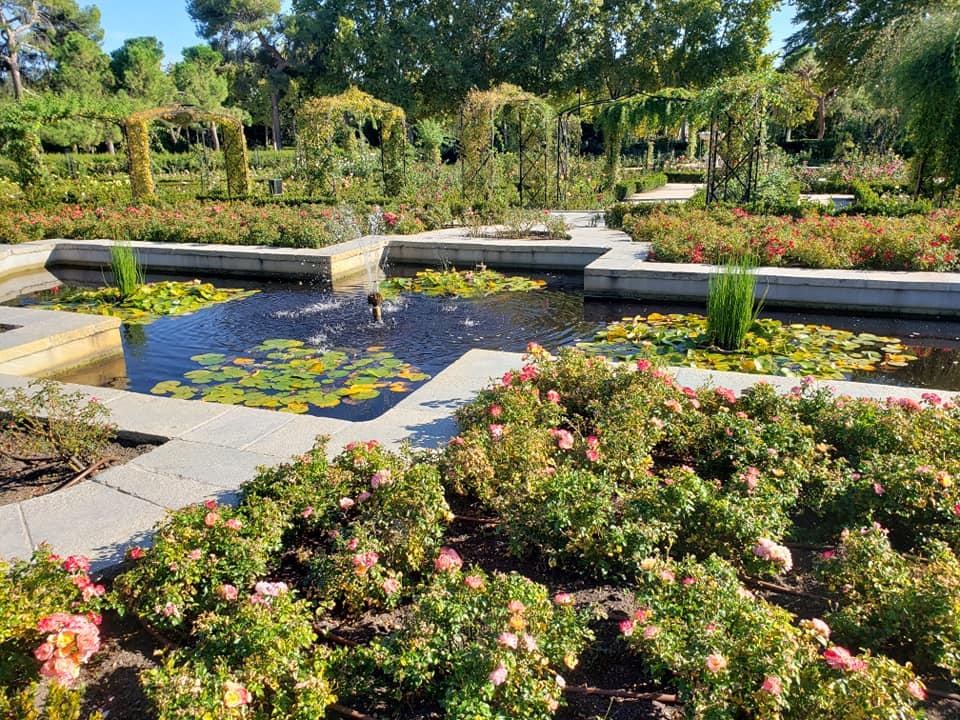
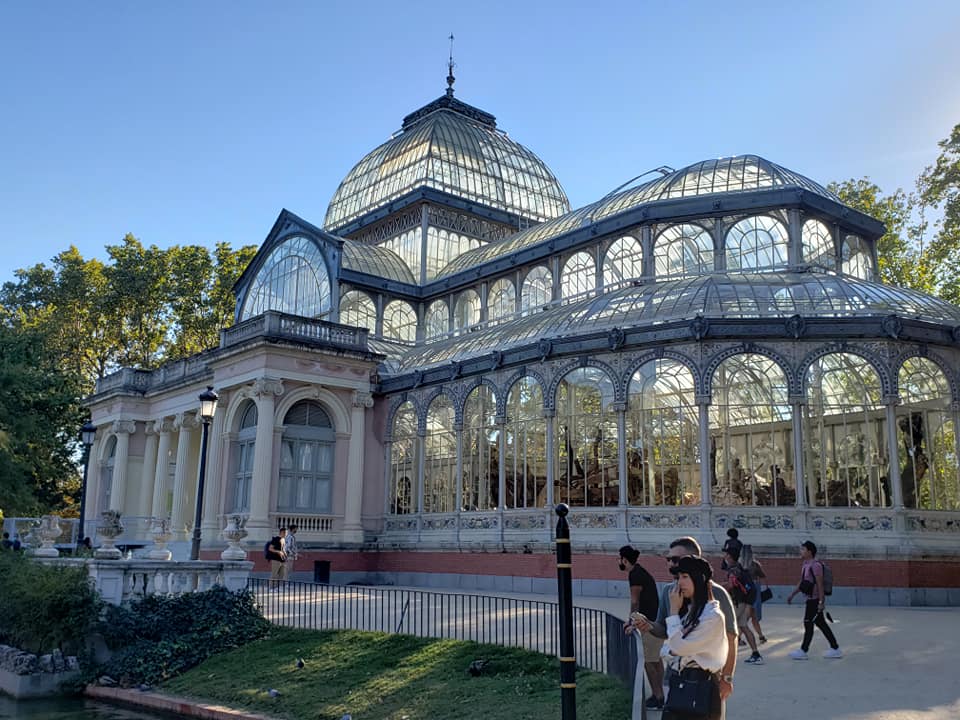
They will provide you a map and I encourage you to look over it and make a plan before heading to the park. It is a very large space. We first headed to the largest lake, picturesque and full of ducks and small row boats. There are several seating areas along the lake selling snacks and beer. We stopped for a bit to enjoy a cold beer and people watch. We then headed to the Crystal Palace, a building made of cast iron and plate glass. It was closed during our visit but it’s pretty unique. We finished up at the circular rose gardens as well as the enclosed gardens to see the peacocks.
Flamenco Show
When in Rome, right? Though experts are unsure where this dance originated, most agree the art form began in Southern Spain with influence from performers in the Caribbean, Latin America, and Europe.
Flamenco, which UNESCO recently recognized as part of the World’s Intangible Cultural Heritage, is a complex art form incorporating poetry, singing (cante), guitar playing (toque), dance (baile), polyrhythmic hand-clapping (palmas), and finger snapping (pitos). It often features the call and response known as jaleo, a form of “hell raising,” involving hand clapping, foot stomping, and audiences’ encouraging shouts.
Sandie Holguín
There are probably close to a dozen places you can see Flamenco in Madrid. All appear to have excellent reviews so look for an option that fits your schedule and budget. We booked Las Carboneras. For 45 euro per person you get a one hour show which includes one free adult beverage.
Mercado de San Miguel
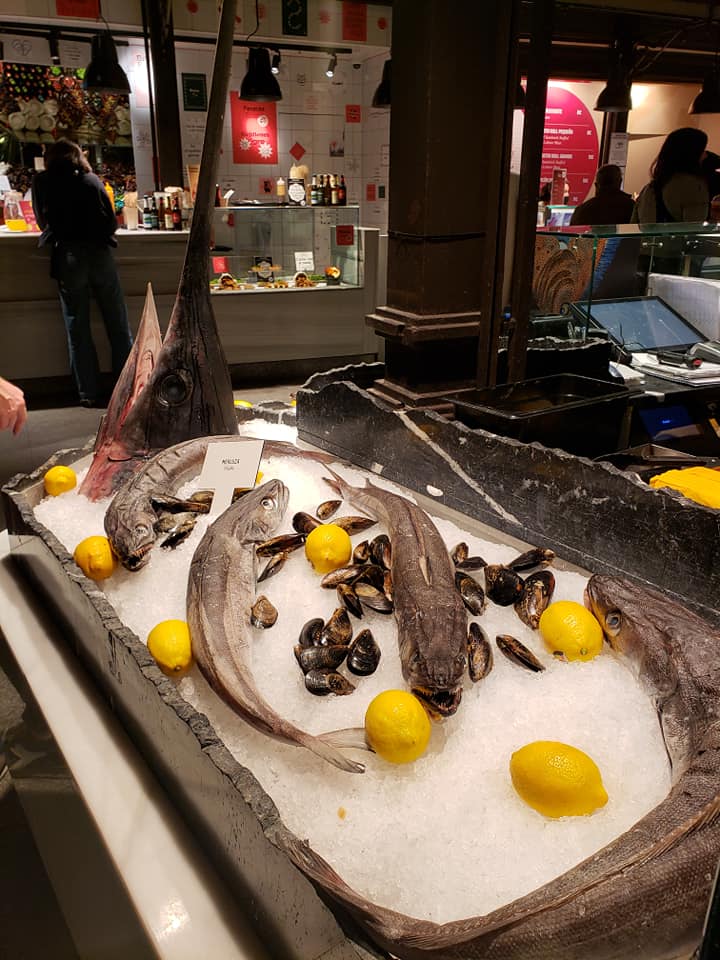
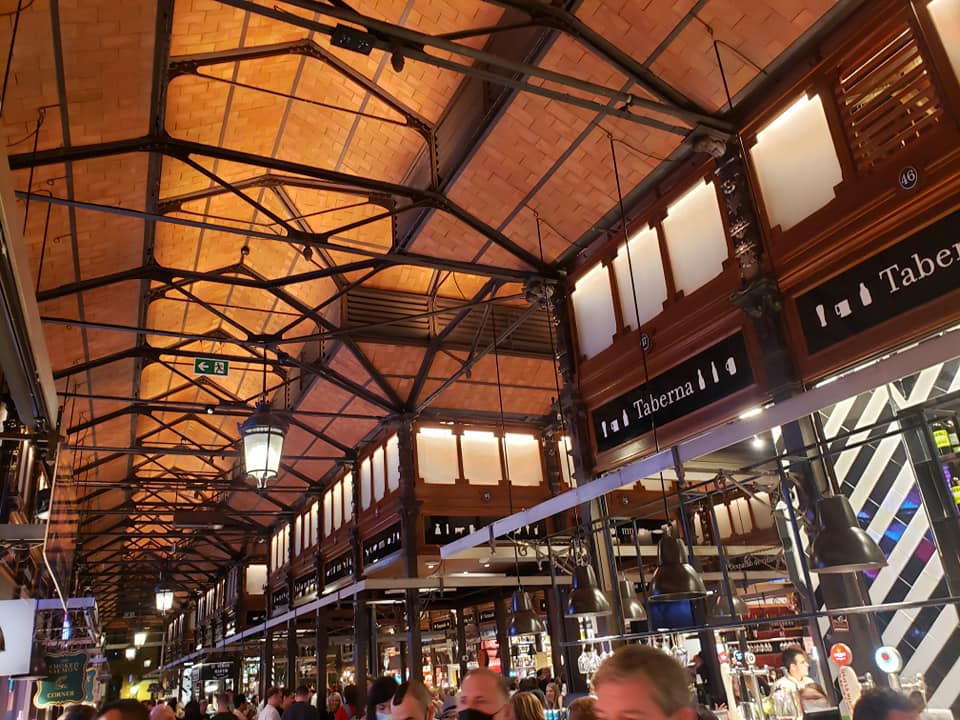
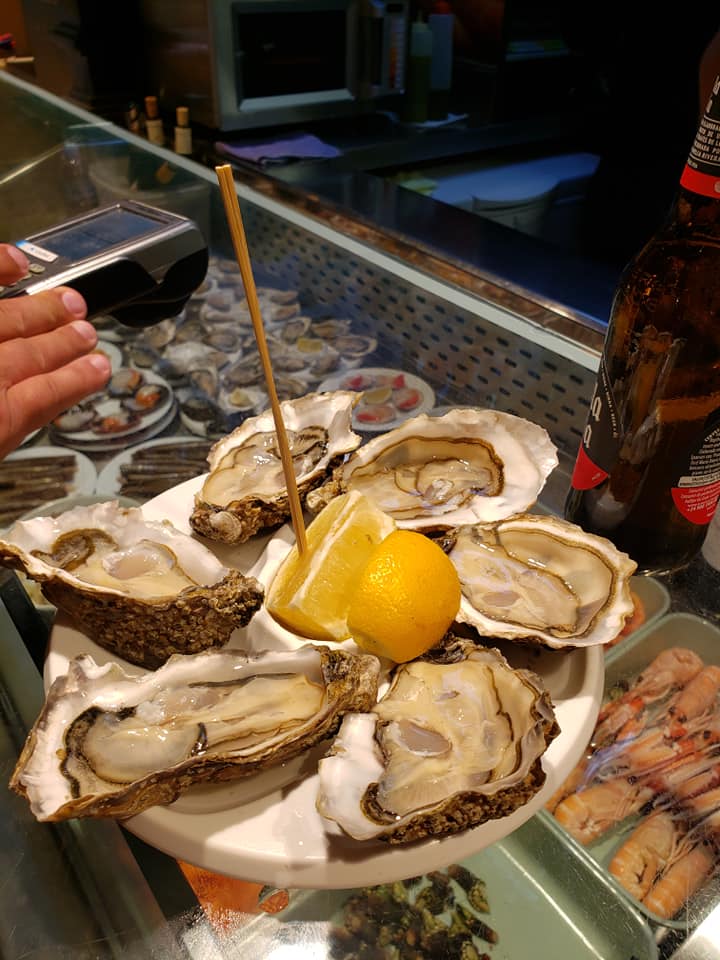
This bustling historic food market has been open for over a century. It is a foodie paradise. While the prices are definitely a little higher here you are getting the convenience of having local delicacies and international favorites all under one roof.
Royal Palace
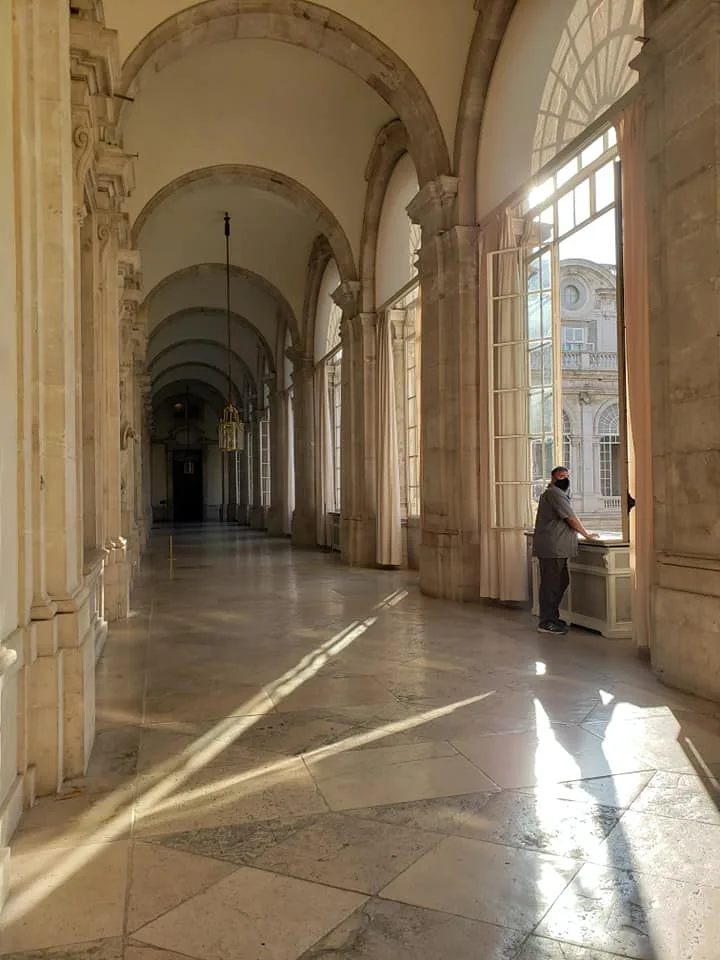
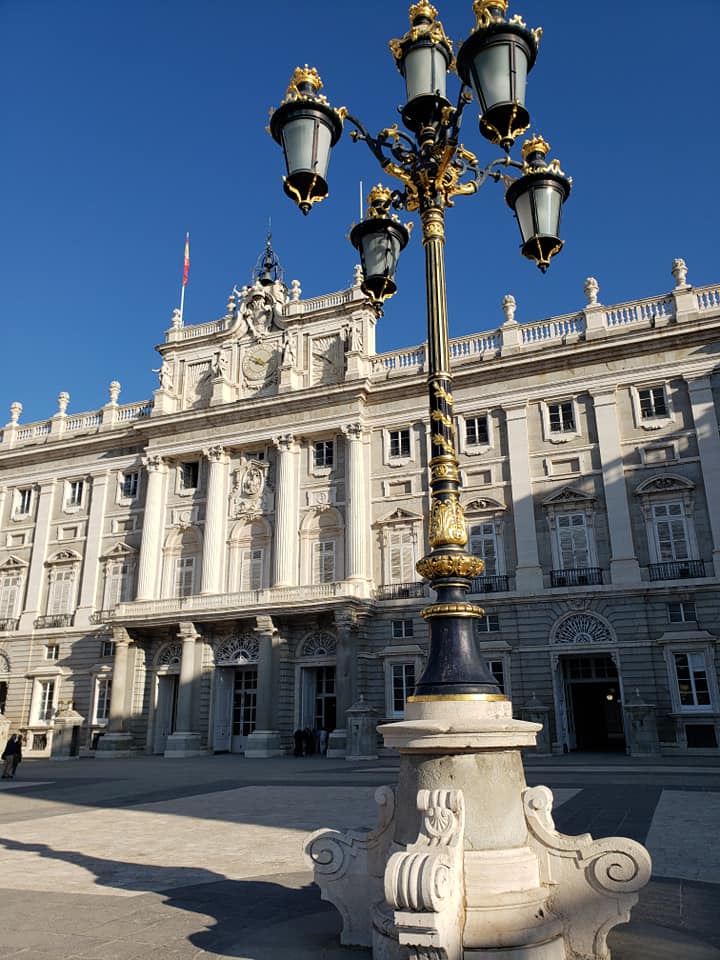
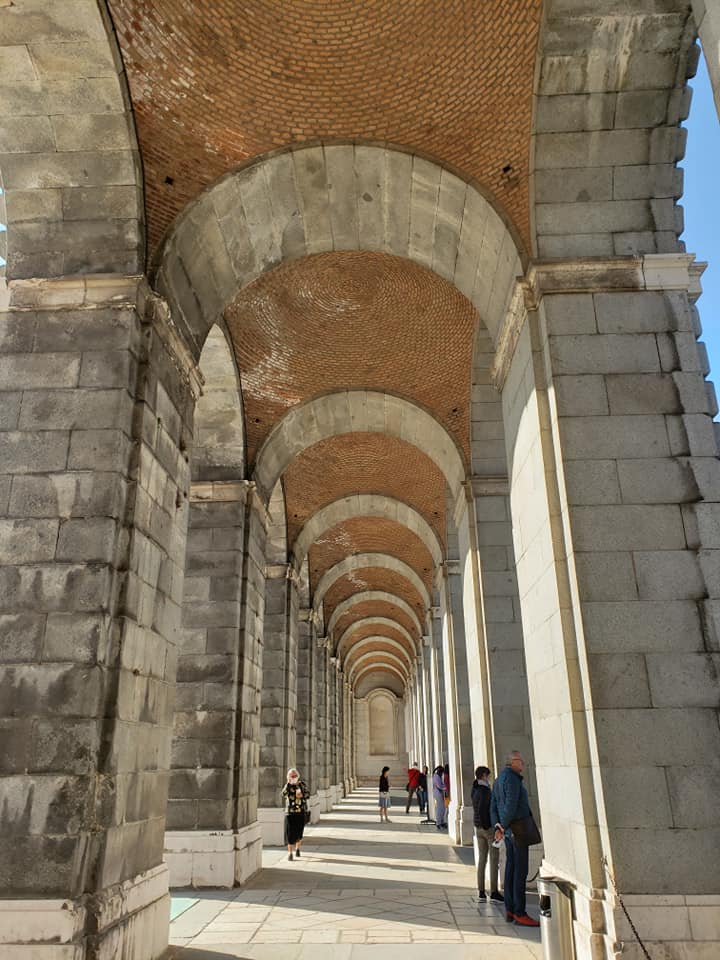
Built in 1735, the Royal Palace is located at the site of a previous Moorish Fortress. At 135,000 square feet, Madrid’s Royal Palace is the largest in Western Europe. It has over 3400 rooms and took over 17 years to complete! Entrance is only 12 euro. We used the My Wowo app for an audio tour guide. You can read more about it on my favorite travel apps post.
Cathedral de la Almudena
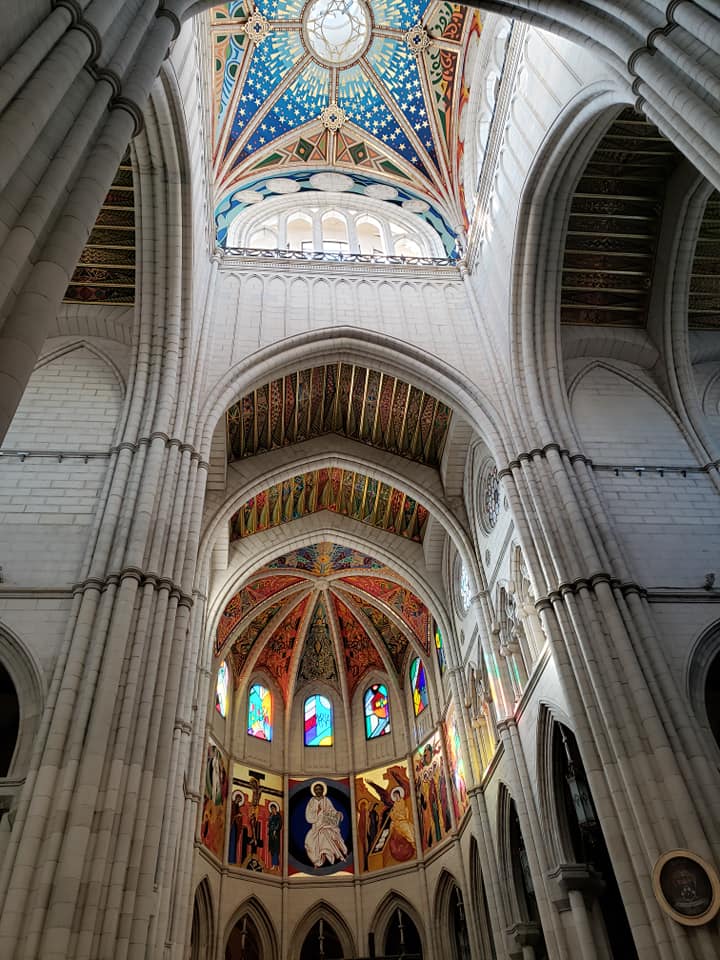
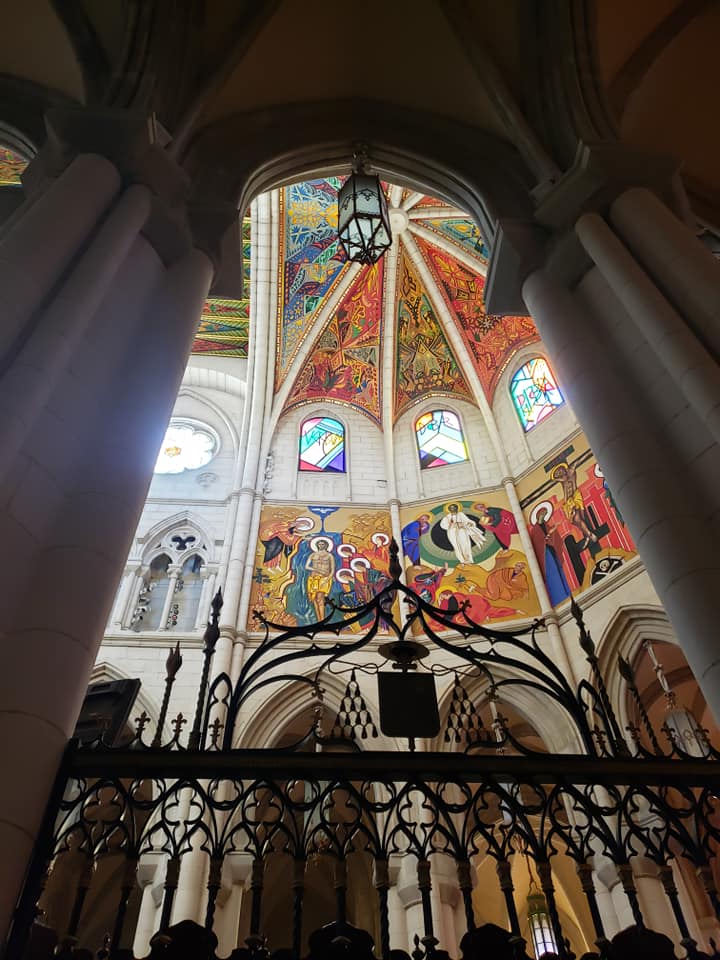
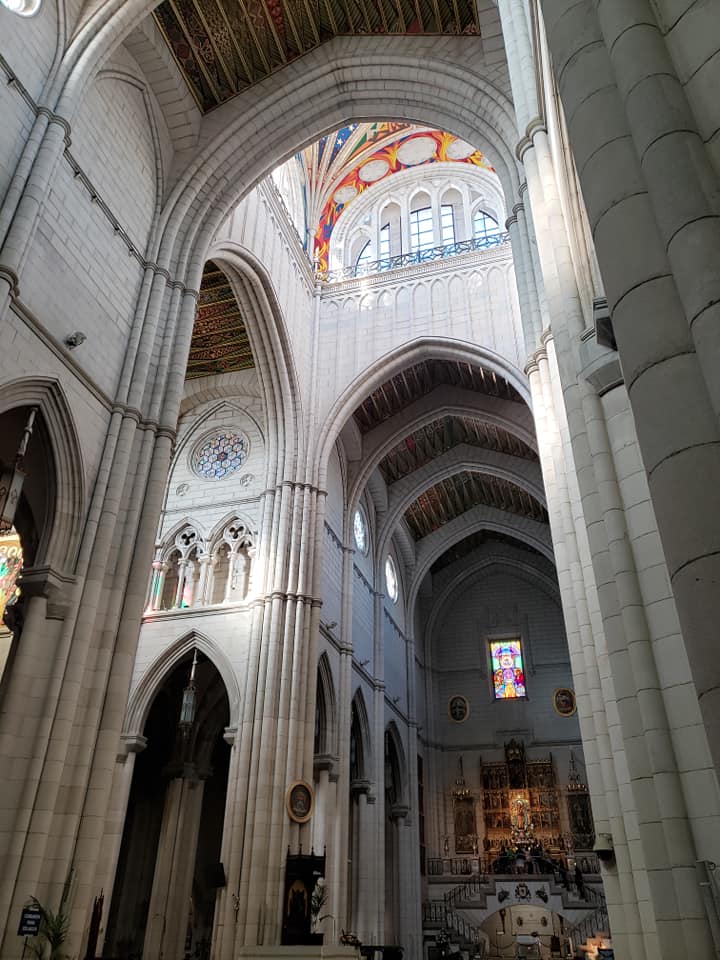

Adjacent to the Royal Castle, this Cathedral of Madrid took nearly 400 years to complete. Construction was frequently interrupted by Spanish Empire expansion endeavors and civil wars. It is often referred to by locals as the Ugly Cathedral due to the austere and somewhat harsh appearing Neo-gothic exterior. Entry is just 1 euro per person. You can visit the dome and museum for an additional 7 euro.

